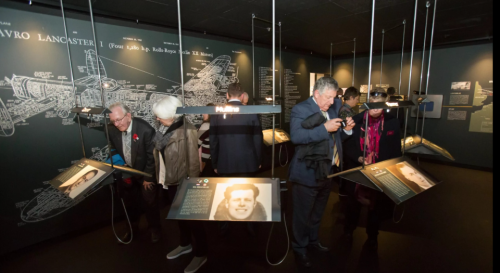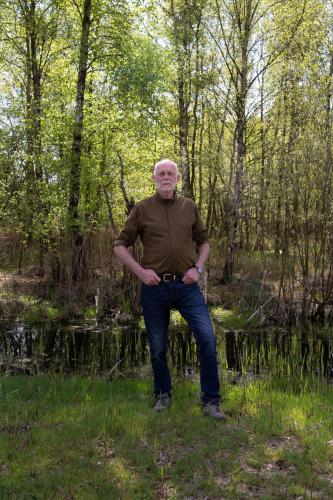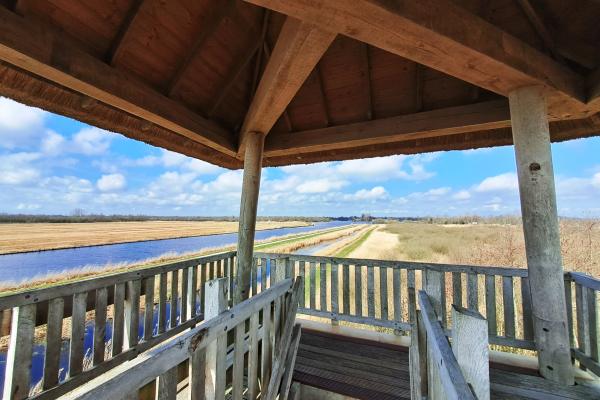Province(s)
Status
Surface
Landscape
Low Moorland Full of Variety
In the heart of Friesland, amidst a number of picturesque villages and not far from Leeuwarden, Drachten, and Heerenveen, lies one of the largest marsh areas in Western Europe. National Park De Alde Feanen was created by weather changes during the last two ice ages, but shaped by humans. The result is a rich, varied nature where you can admire hundreds of plants and birds. With vast open water, various reed lands, thickets, rough lands, peat bogs, and swamp forests, you explore this national park best from the water. But even from the shore, biking or walking, you will be amazed.
Living in, on, and near the water
Each part of the peat bog has its own inhabitants. The open water is the domain of various fish species such as the bream. Although it - just like the tench, perch, and pike - also feels completely at home in enclosed waters such as ditches and canals. Where there are fish, there are birds. Thus, you find the grebe, cormorant, and blue heron in or near the same waters, searching for a tasty meal. The vast reed fields provide an excellent habitat for various marsh birds, and the flower-rich, wet grasslands are an excellent breeding ground for meadow birds. In the autumn and winter, the larger lakes serve as important resting and stopover sites for thousands of ducks such as the wigeon, mallard, gadwall, tufted duck, and pochard. At least, as long as the water doesn't freeze over. With a bit of luck, you can also discover rare bird species such as the purple heron or bittern here.
From peaty landscape to new marshland
About 3,500 years ago, due to rising temperatures, moist westerly winds, and a lot of rainfall, the peat grew rapidly. There was little water to be seen then. This changed around the year 1700: people discovered that dried peat could serve well as fuel. The excavation of peat began. The landscape changed drastically, and large parts of the area became flooded. Peat extraction continued into the 19th century. A desolate cultural landscape was eventually left behind, with dark canals, excavated plots, and virtually no vegetation. Until nature spontaneously took control of this "Unlân" again, land that is often under water. It transformed from a peat landscape into a new, lively peat bog.

For the most beautiful places, you brave the water
Mapped-out routes for canoes or stand-up paddleboards take you to places that other vessels cannot reach. And often, these are the most beautiful spots in this area. Not interested in a sporting activity? Then join an excursion. An electric whisper boat also takes you to those beautiful places you wouldn't otherwise reach. Or rent an electric sloop and set off on your own. Most of the park is freely navigable, but be sure to look out for the yellow buoys with blue bird resting area stickers. Stay away from these zones so migrating birds can properly recover here.
Ancient Crafts of the Area
Reed cutting and fishing with traps and nets have been the most characteristic activities in the area for centuries. Today, these ancient crafts are still practiced, albeit on a modest scale. A few professional fishermen continue to fish here with traps or nets, and during the winter months, reed cutting still takes place. In this way, the unique character of this beautiful cultural landscape is preserved.
Highlights
Join a canoe trip or explore the past with a guide
Do you want to visit the park?

Information Point National Park De Alde Feanen
Wiidswei 32, 9264 TM Earnewâld



